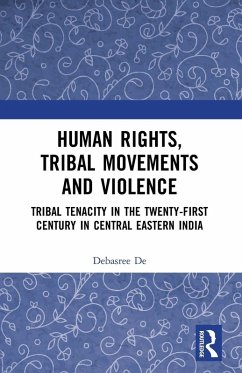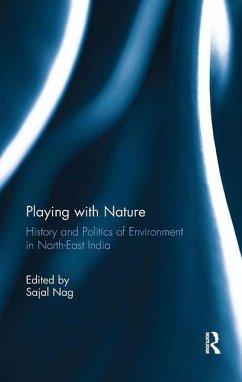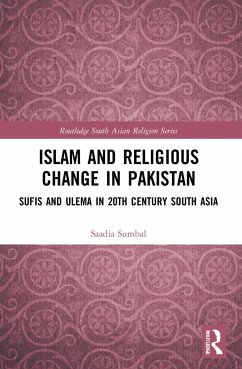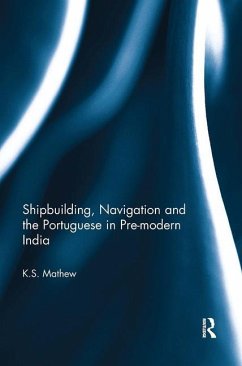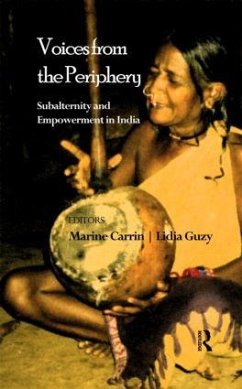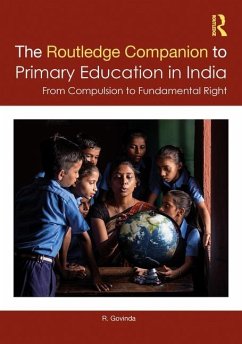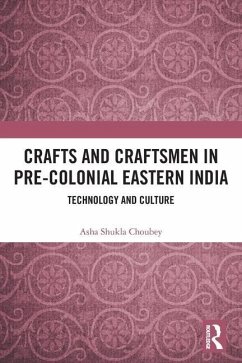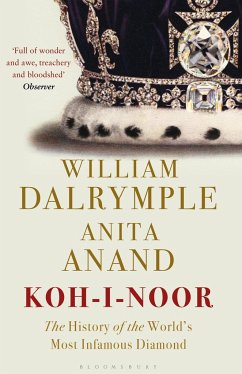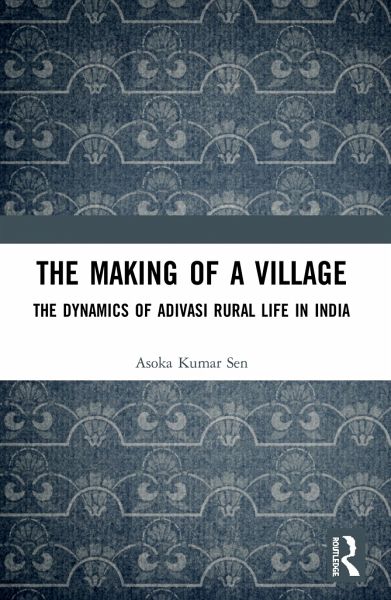
The Making of a Village
The Dynamics of Adivasi Rural Life in India
Versandkostenfrei!
Versandfertig in 6-10 Tagen
45,99 €
inkl. MwSt.
Weitere Ausgaben:

PAYBACK Punkte
23 °P sammeln!
The Making of a Village examines the social and cultural life of indigenous peoples in India. It unfolds intimate aspects of Adivasi history such as the birth of a village, its demographic formation, forging of social relations, in- and out-migration, and the dialectics of the village as a socio-physical space during precolonial and colonial periods.Drawing on oral, archival and empirical data from eastern India, it highlights the interconnected themes of inflection of identity; the change of the Adivasis from historic agents to colonial subjects and their arcadia to a servile landscape; and t...
The Making of a Village examines the social and cultural life of indigenous peoples in India. It unfolds intimate aspects of Adivasi history such as the birth of a village, its demographic formation, forging of social relations, in- and out-migration, and the dialectics of the village as a socio-physical space during precolonial and colonial periods.
Drawing on oral, archival and empirical data from eastern India, it highlights the interconnected themes of inflection of identity; the change of the Adivasis from historic agents to colonial subjects and their arcadia to a servile landscape; and the indigenous notion of state. It also initiates a dialogue between the past and present to bring into sharp relief ideas of village community, indigeneity, migration, governance, colonialism, agency, subjecthood, rural change, environment and ecology.
Redefining the study of rural sociology in South Asia, this volume will be of great interest to scholars and researchers of modern Indian history, politics, development studies, sociology, social and cultural anthropology, Adivasi and indigenous studies, and South Asian studies.
Drawing on oral, archival and empirical data from eastern India, it highlights the interconnected themes of inflection of identity; the change of the Adivasis from historic agents to colonial subjects and their arcadia to a servile landscape; and the indigenous notion of state. It also initiates a dialogue between the past and present to bring into sharp relief ideas of village community, indigeneity, migration, governance, colonialism, agency, subjecthood, rural change, environment and ecology.
Redefining the study of rural sociology in South Asia, this volume will be of great interest to scholars and researchers of modern Indian history, politics, development studies, sociology, social and cultural anthropology, Adivasi and indigenous studies, and South Asian studies.




